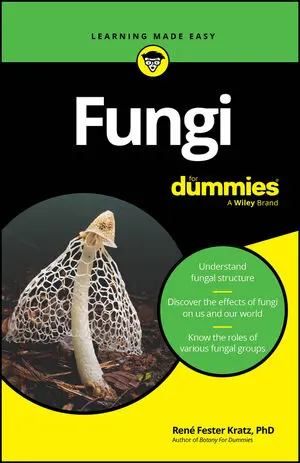Plant tissues come in several forms: vascular, epidermal, ground, and meristematic. Each type of tissue consists of different types of cells, has different functions, and is located in different places.
| Tissue | Cell Types | Function | Locations |
|---|---|---|---|
| Vascular tissue | Xylem is made up of vessels and tracheids Phloem is made up of sieve cells and companion cells |
Xylem transports water Phloem transports sugars |
In stems, leaves, and roots |
| Epidermal tissue | Parenchyma | Protect plant tissues and prevent water loss | Outer layer of stems, roots, and leaves |
| Ground tissue | Parenchyma Collenchyma Sclerenchyma |
Makes up bulk of plant mass | Stems, roots, leaves |
| Meristematic tissue | Parenchyma | Divide to produce new growth | Tips of shoots Tips of roots In buds In a ring around the stem in woody plants |






